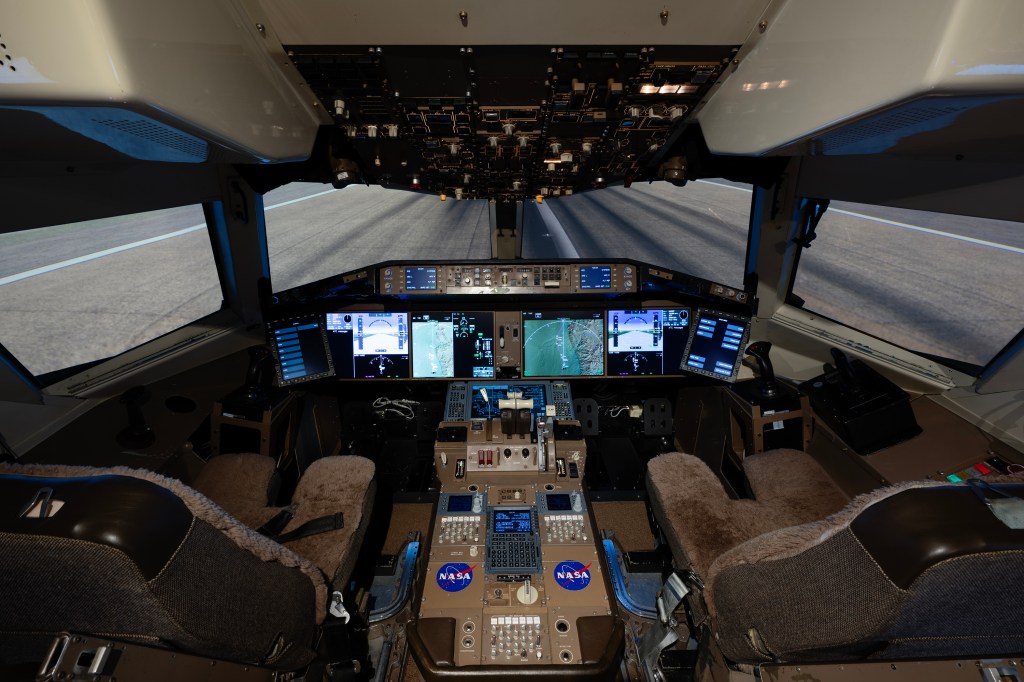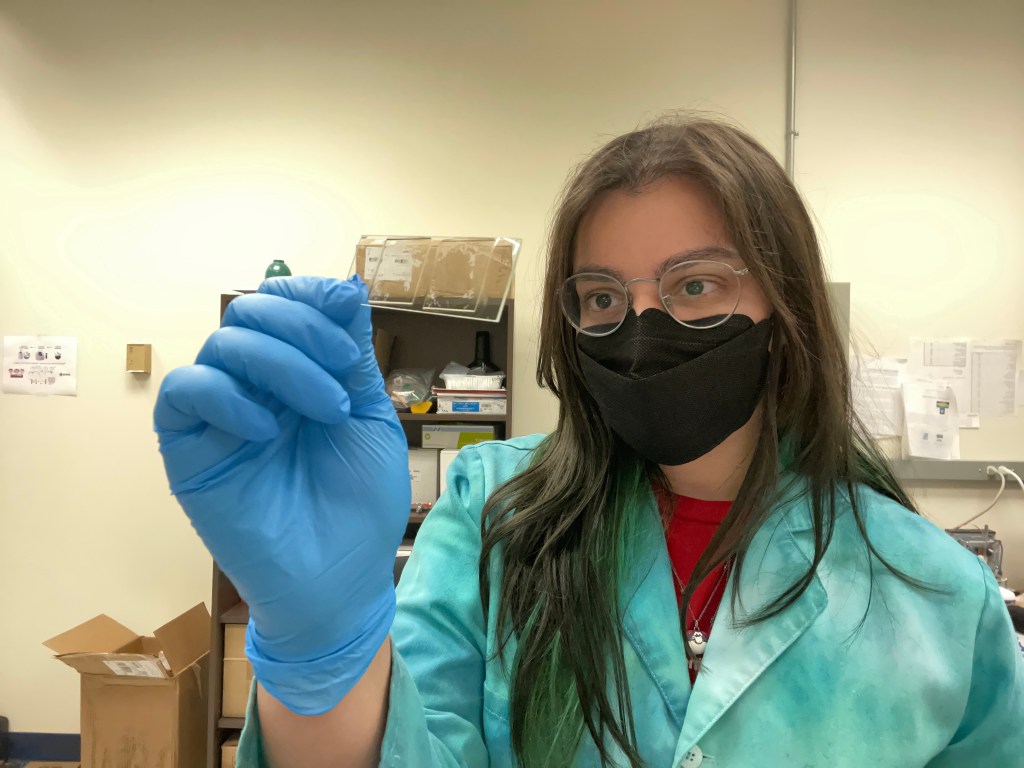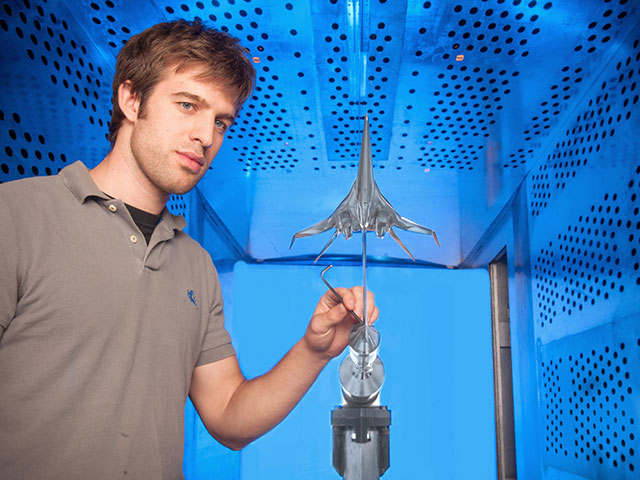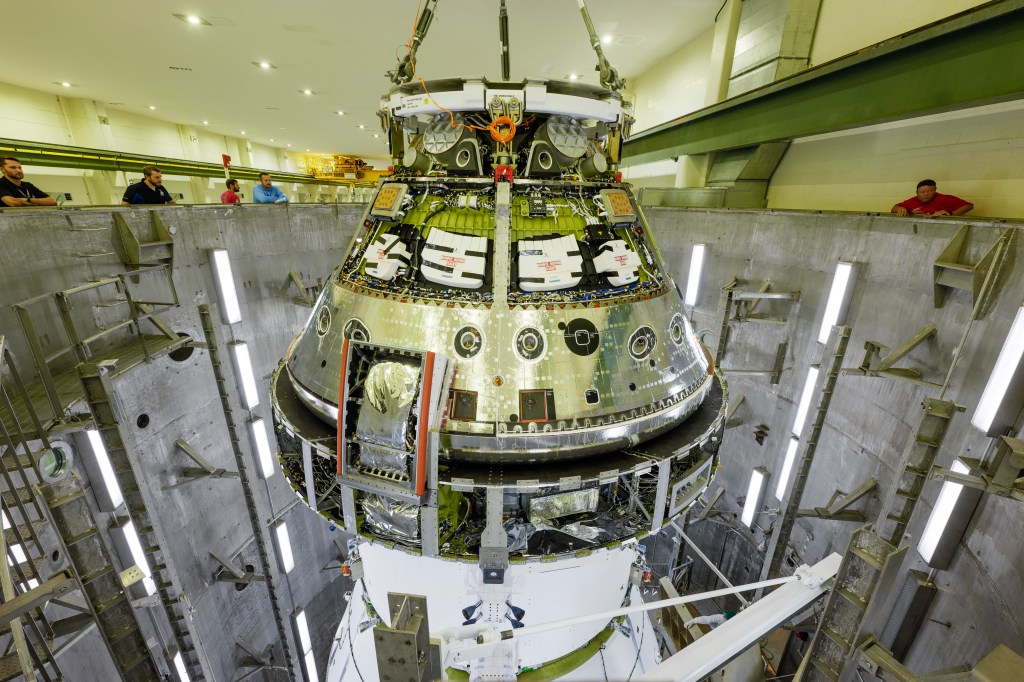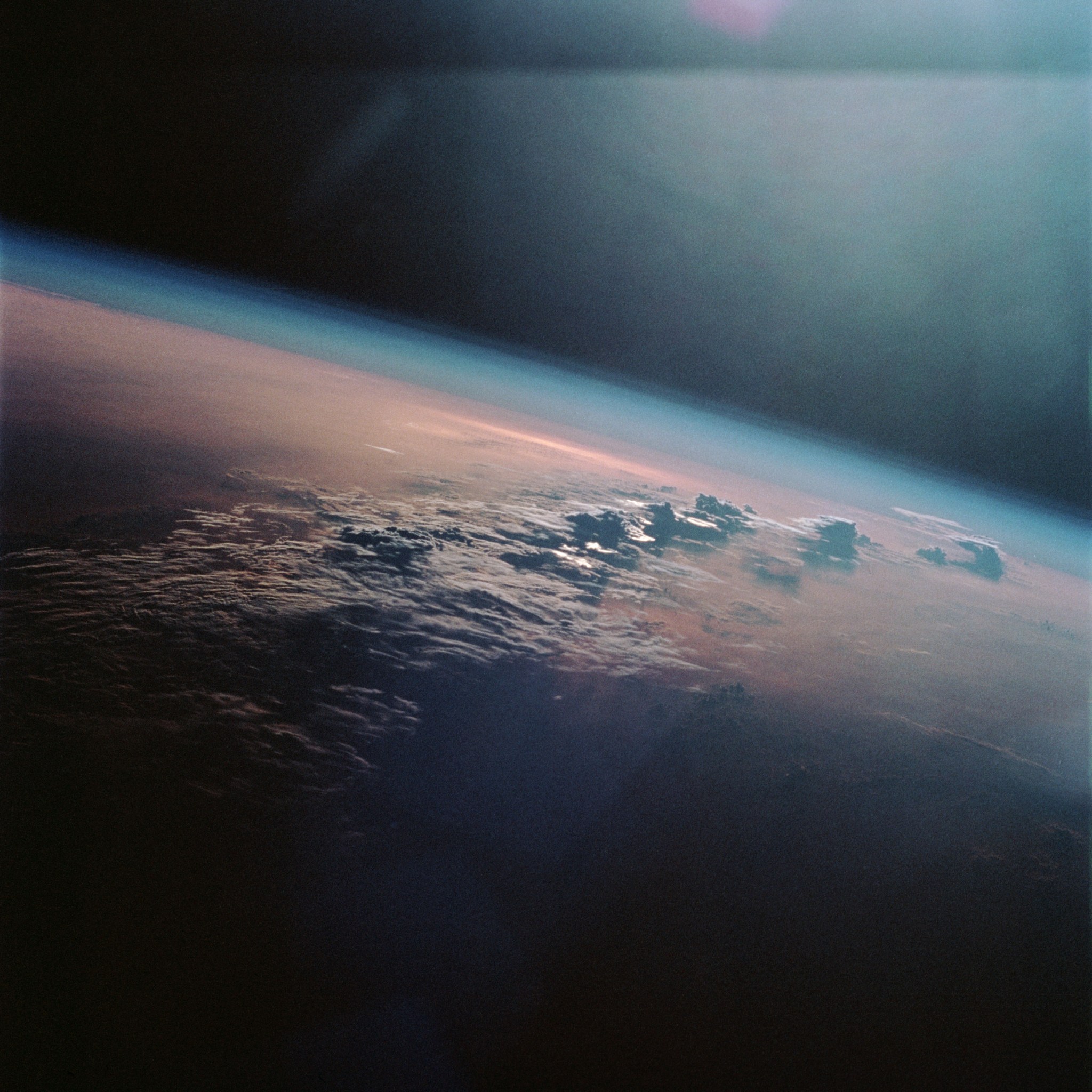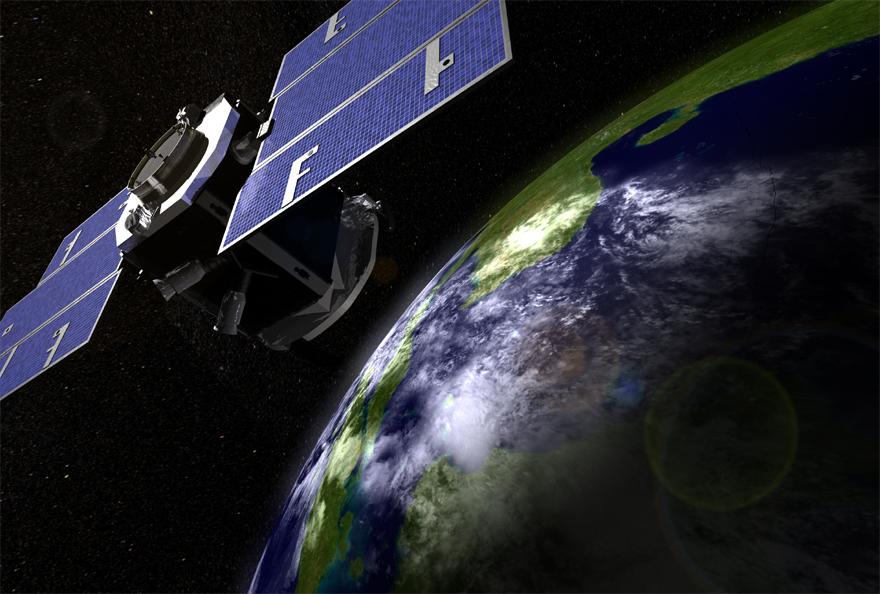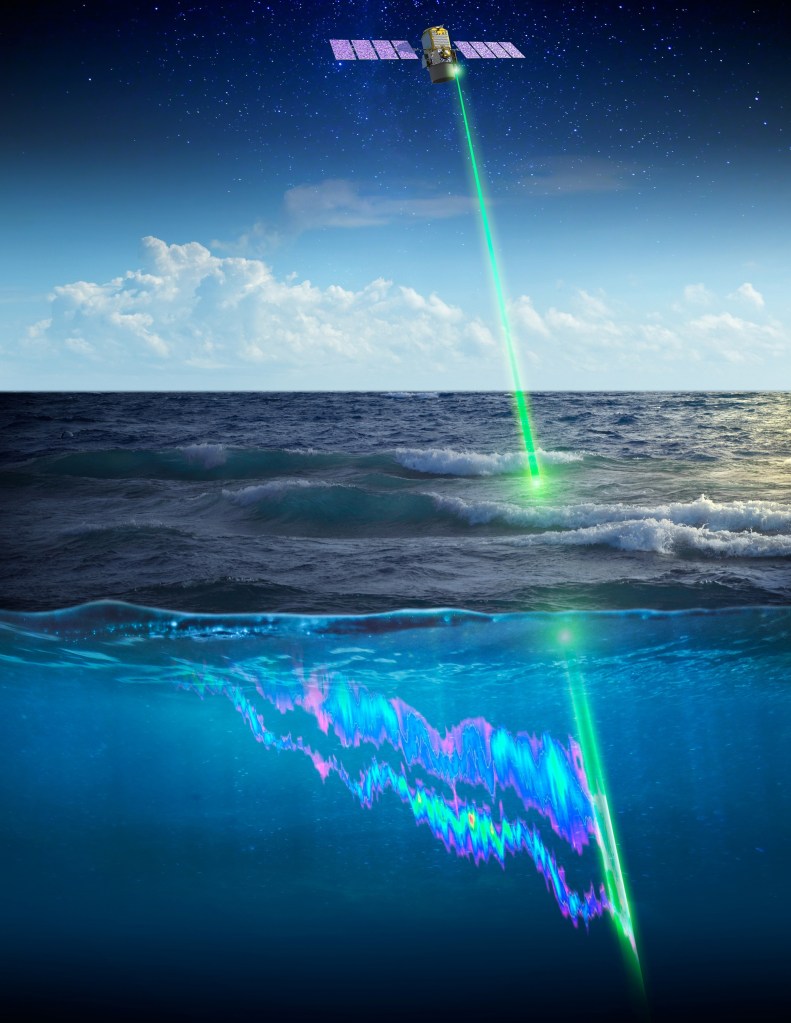About the Facility
The Planetary Cloud/Aerosol Research Facility (PCARF) is a chamber designed to study planetary aerosol and cloud formation processes in our solar system and exoplanets. It’s located in a 10-foot diameter vacuum chamber at the Jet Propulsion Laboratory.
Learn More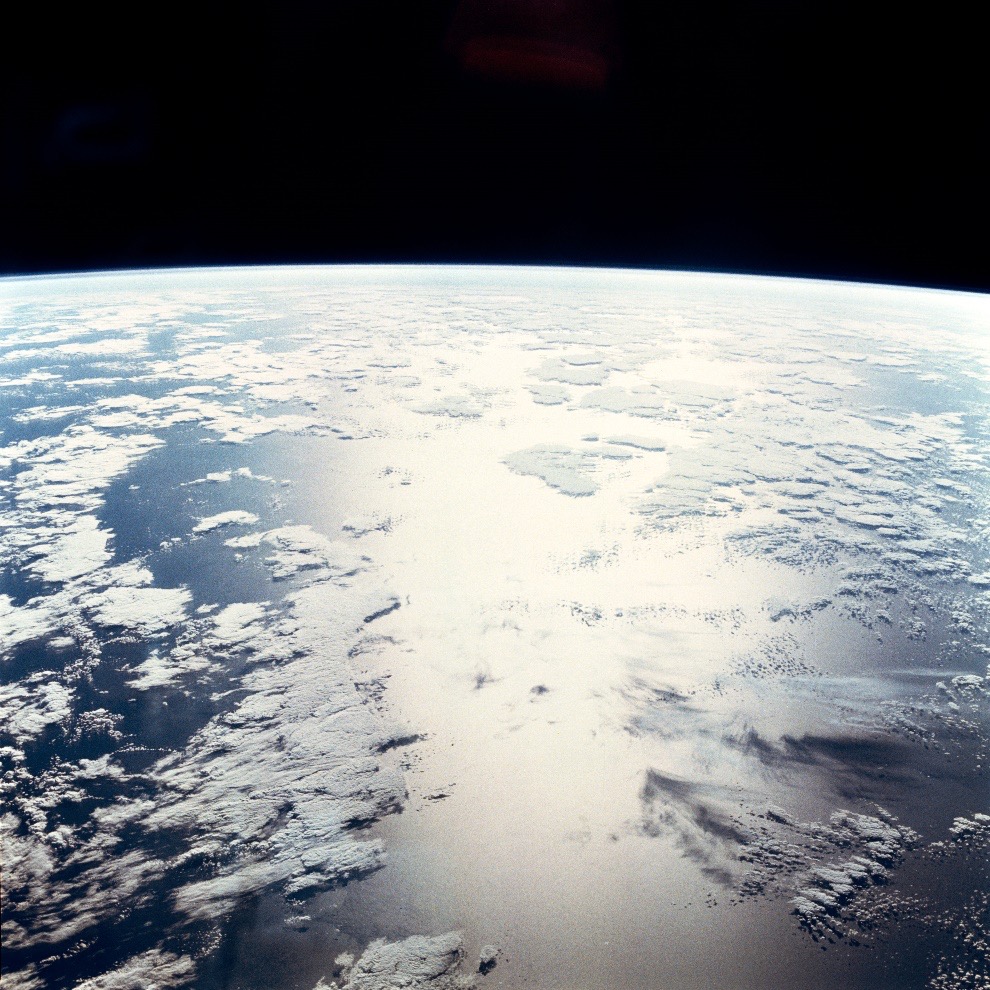
PCARF Instruments and Apparatus
- Scanning Mobility Particle Sizer Spectrometer
- Aerodynamic Particle Sizer
- Particle Tracking Velocimeter
- Phase Doppler Particle Analyzer
- Gas Chromatography / Mass Spectrometry
- Fourier Transform Spectrometer for the Infrared
Education Outreach
PCARF values education at all levels, and we are here to help get your students excited about planetary cloud and aerosol science. Our fun and informative education pages are strategically crafted to appeal to a variety of ages and stages, from kindergarteners to high school seniors. Find the grade level you're looking for below, and check out what PCARF has to offer your students today!
PCARF Workshop
The PCARF Workshop is designed for the Earth and planetary cloud and aerosol community to meet and discuss modeling techniques, NASA’s experimental facilities and technologies for remote/in-situ measurements.
Learn More about PCARF Workshop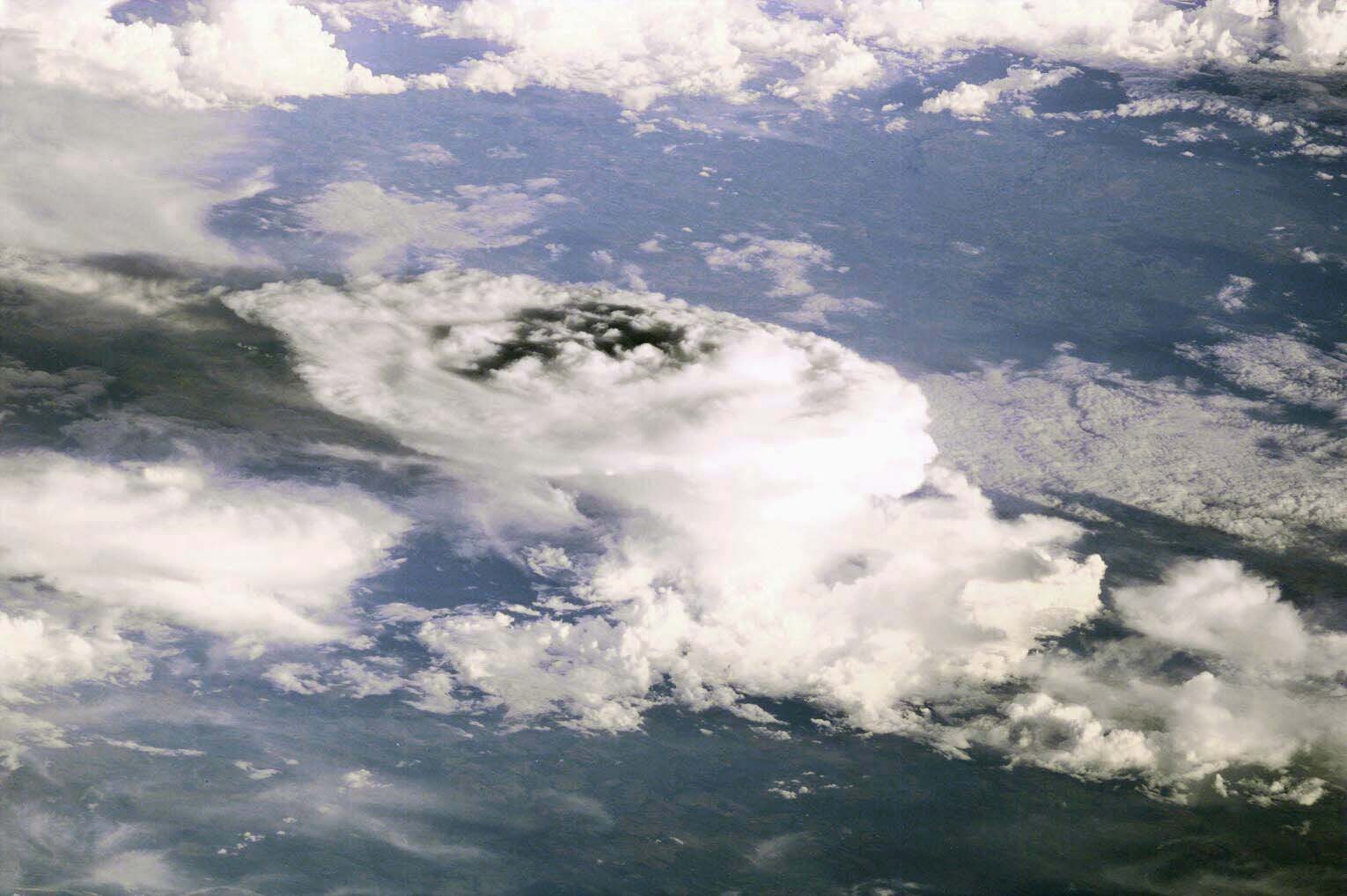
CL#24-5299

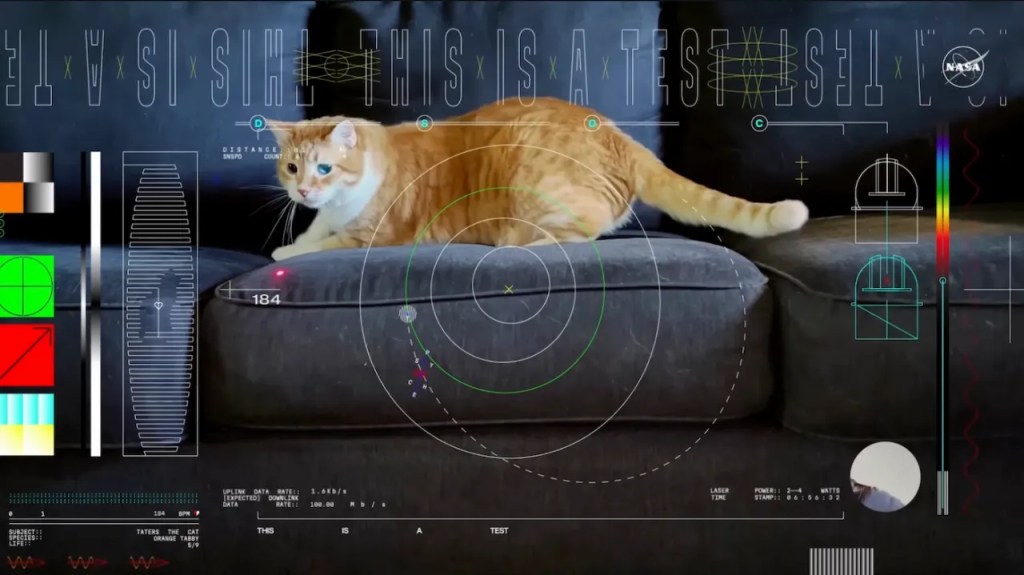
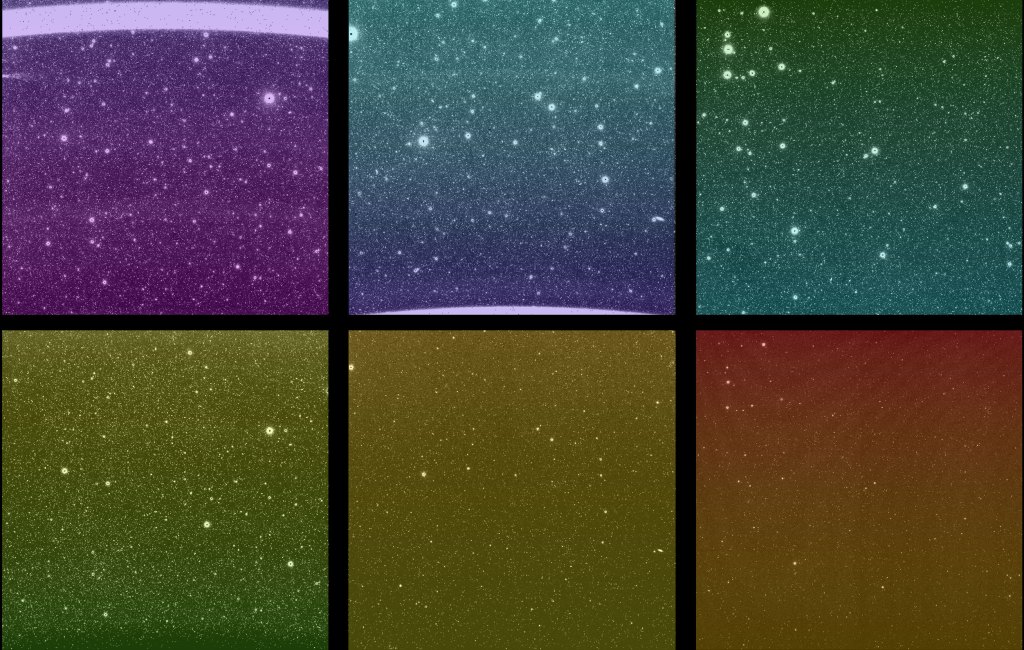
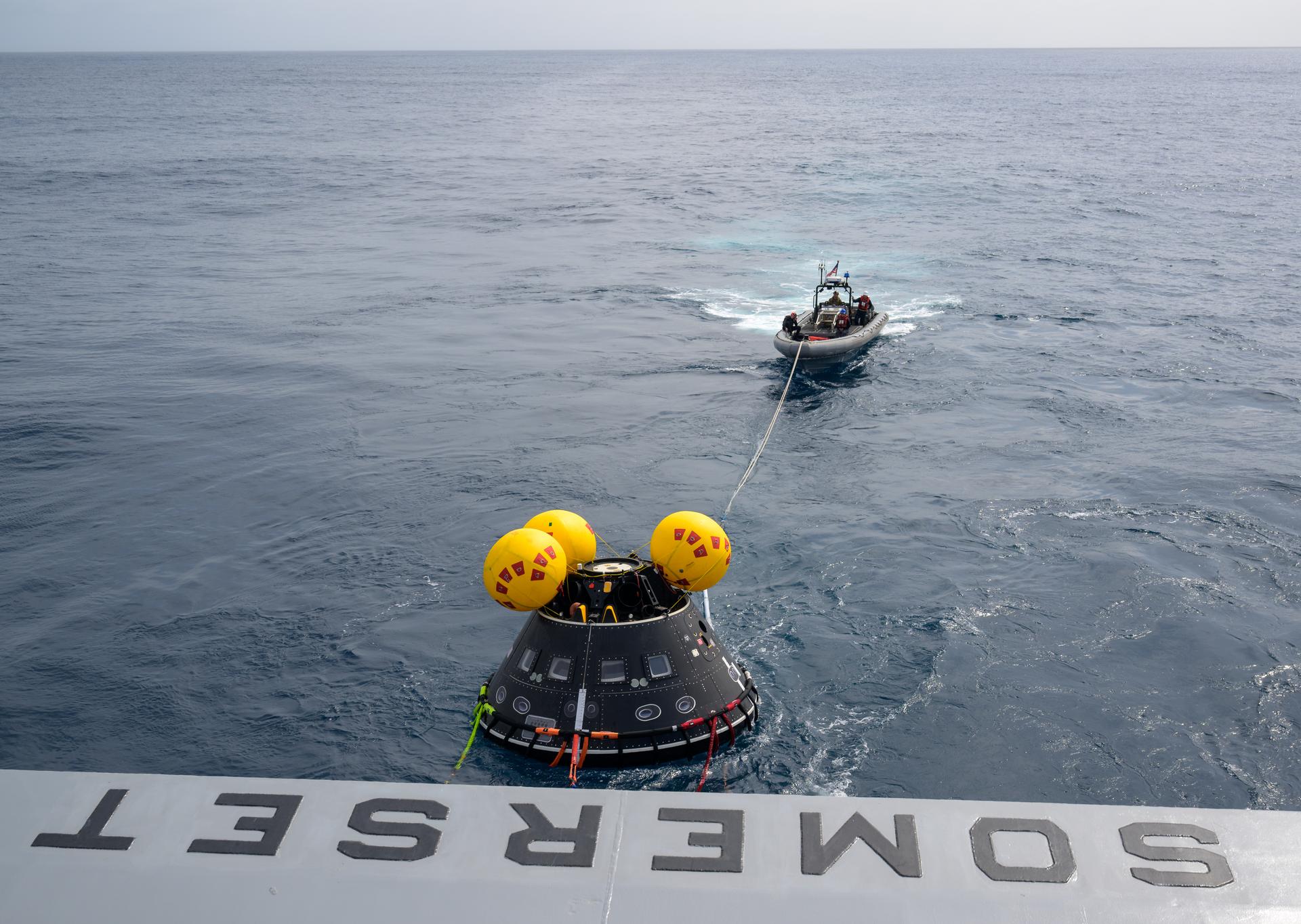
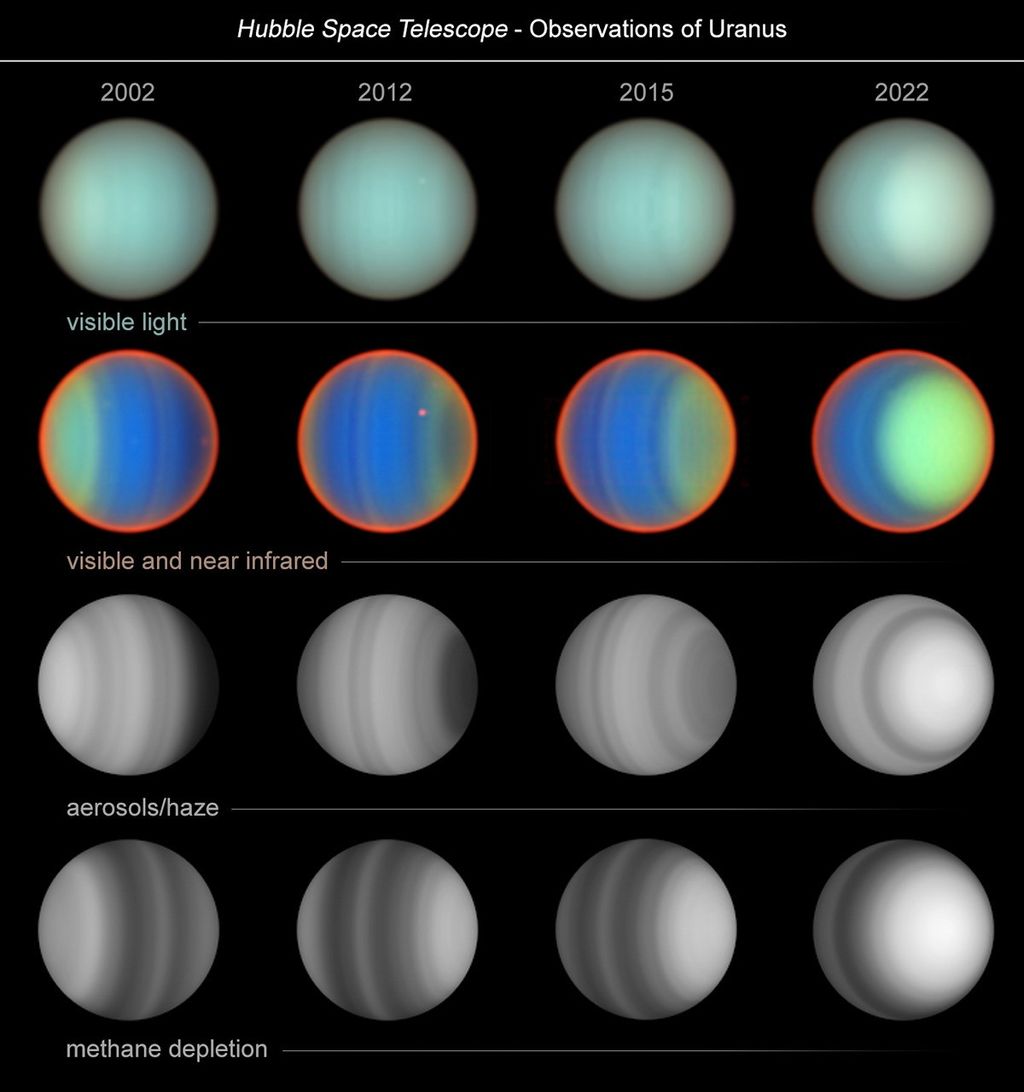
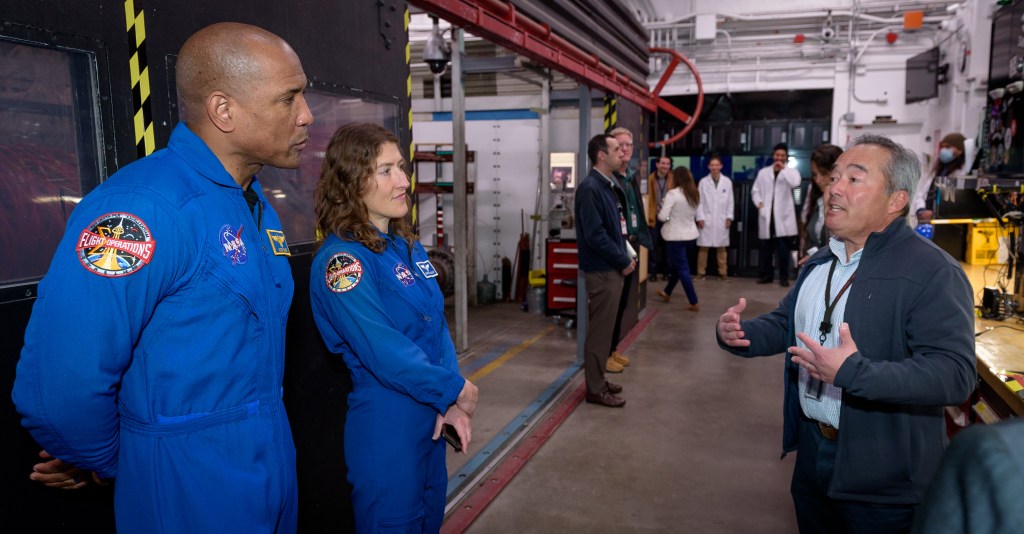



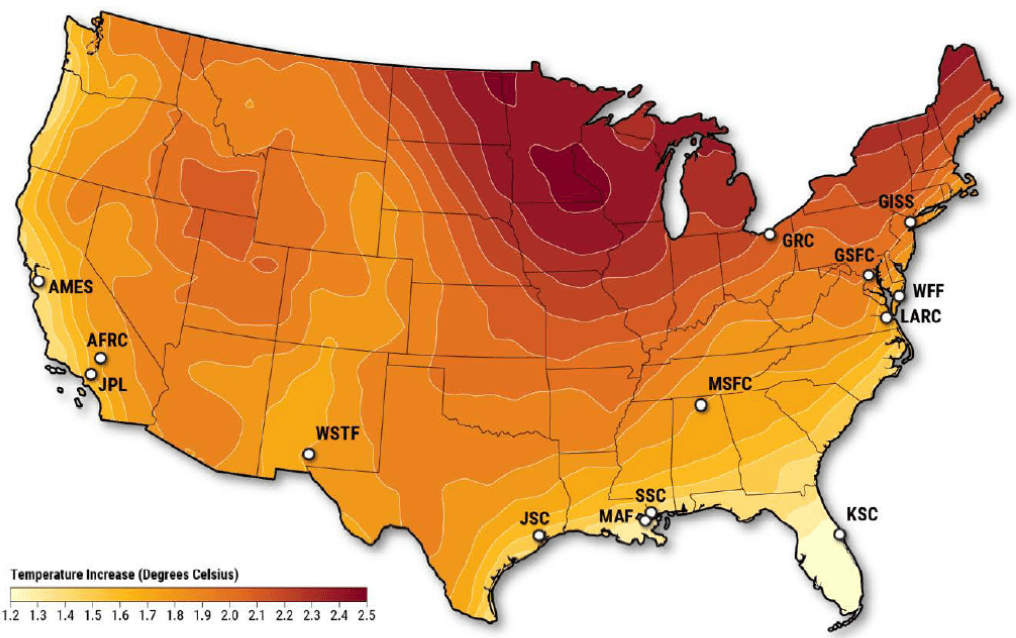
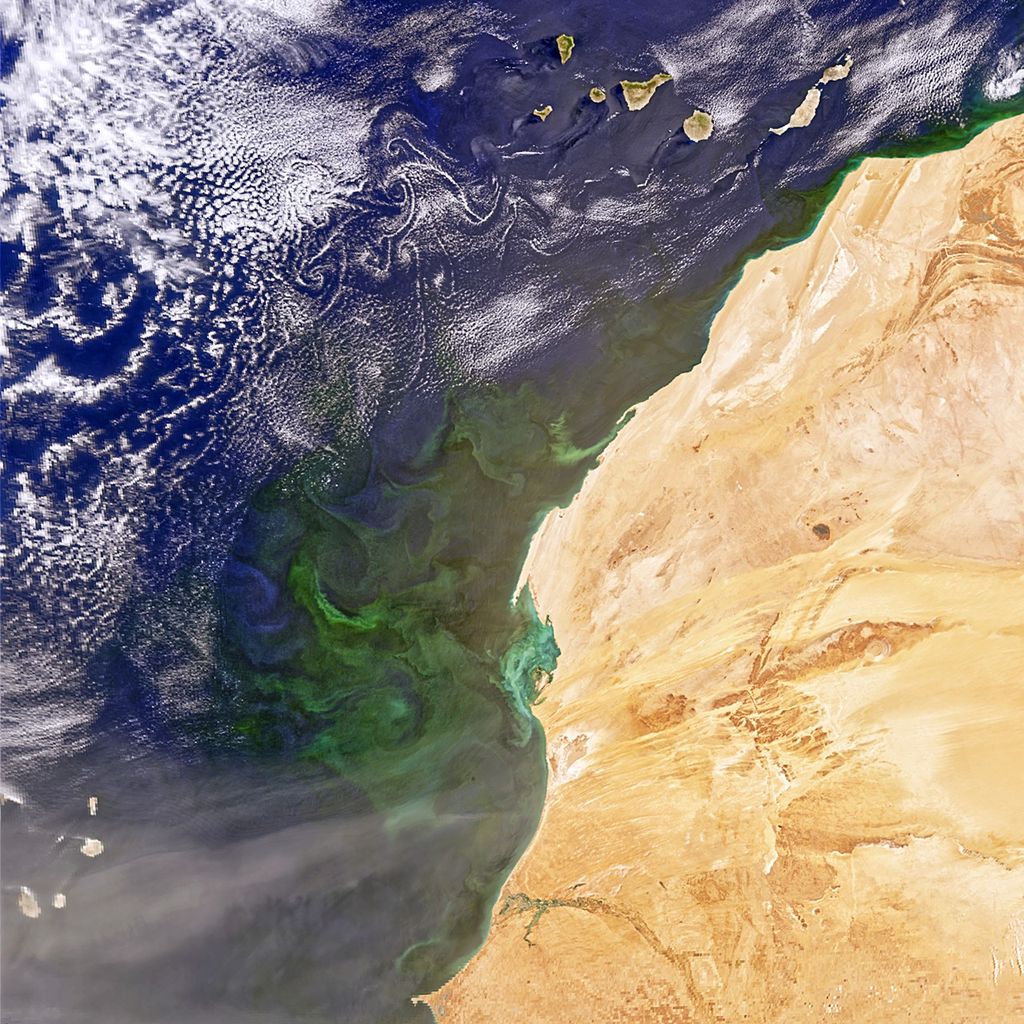

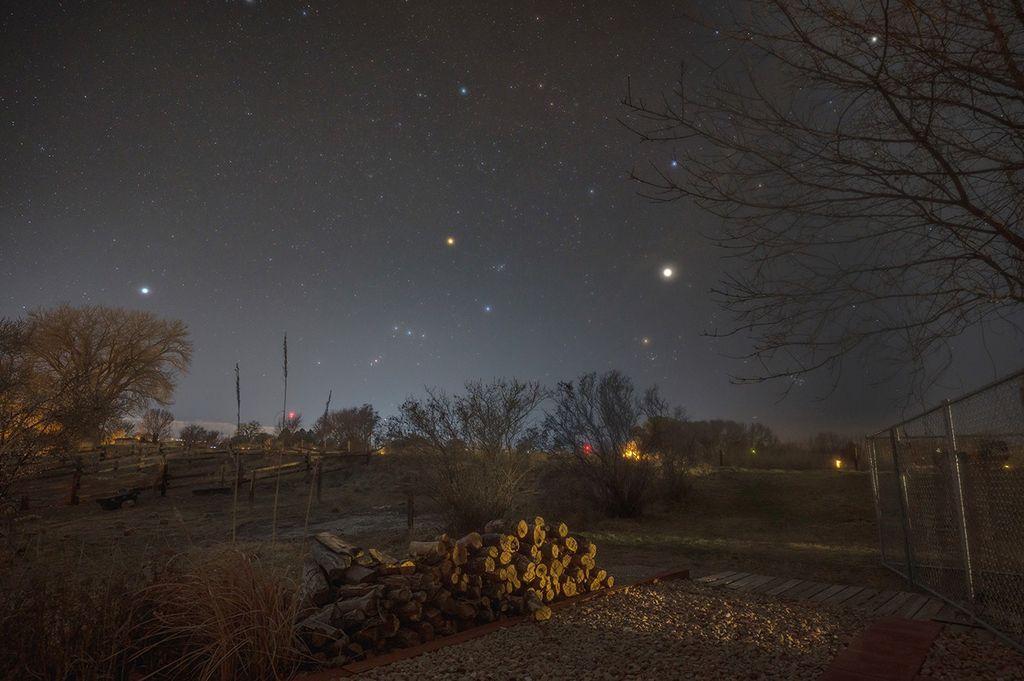

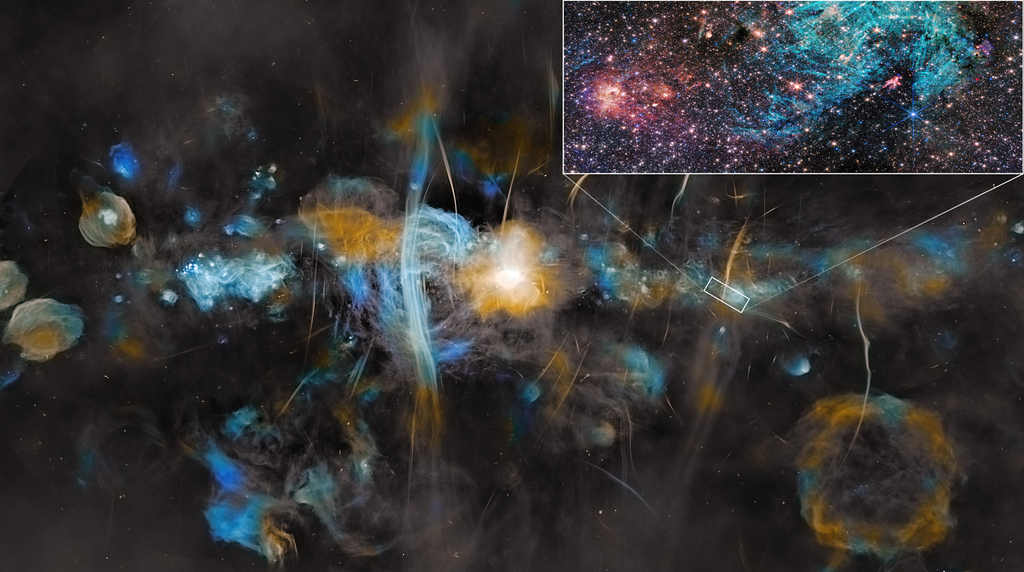



/quantum_physics_bose_einstein_condensate.jpg?w=1024)


